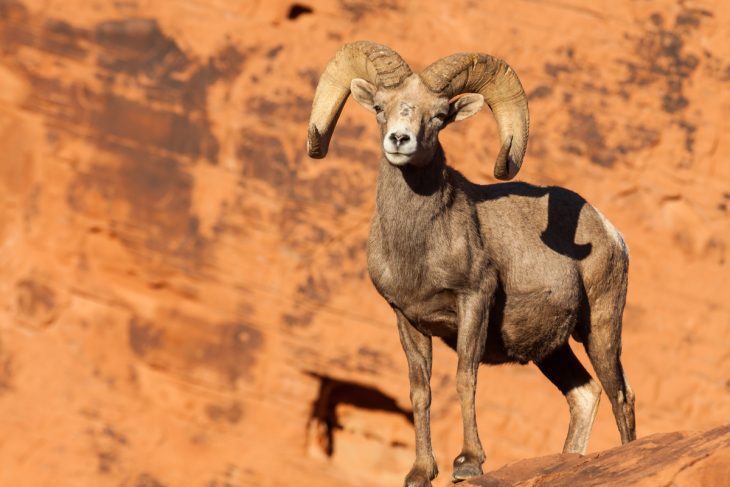
Imagine a place where temperatures soar during the day and plummet at night, where water is scarce, and survival seems impossible. Yet, amidst these harsh conditions, a fascinating array of animals not only survive but thrive. How do they do it? From the nimble fennec fox to the resilient camel, desert dwellers have developed incredible adaptations to endure one of the planet’s most unforgiving environments. These creatures showcase nature’s ingenuity, turning the barren landscape into a bustling ecosystem. Ready to meet some of the most remarkable desert inhabitants? Let’s dive into the world of these extraordinary survivors!
1
of 23
Desert Blonde Tarantula
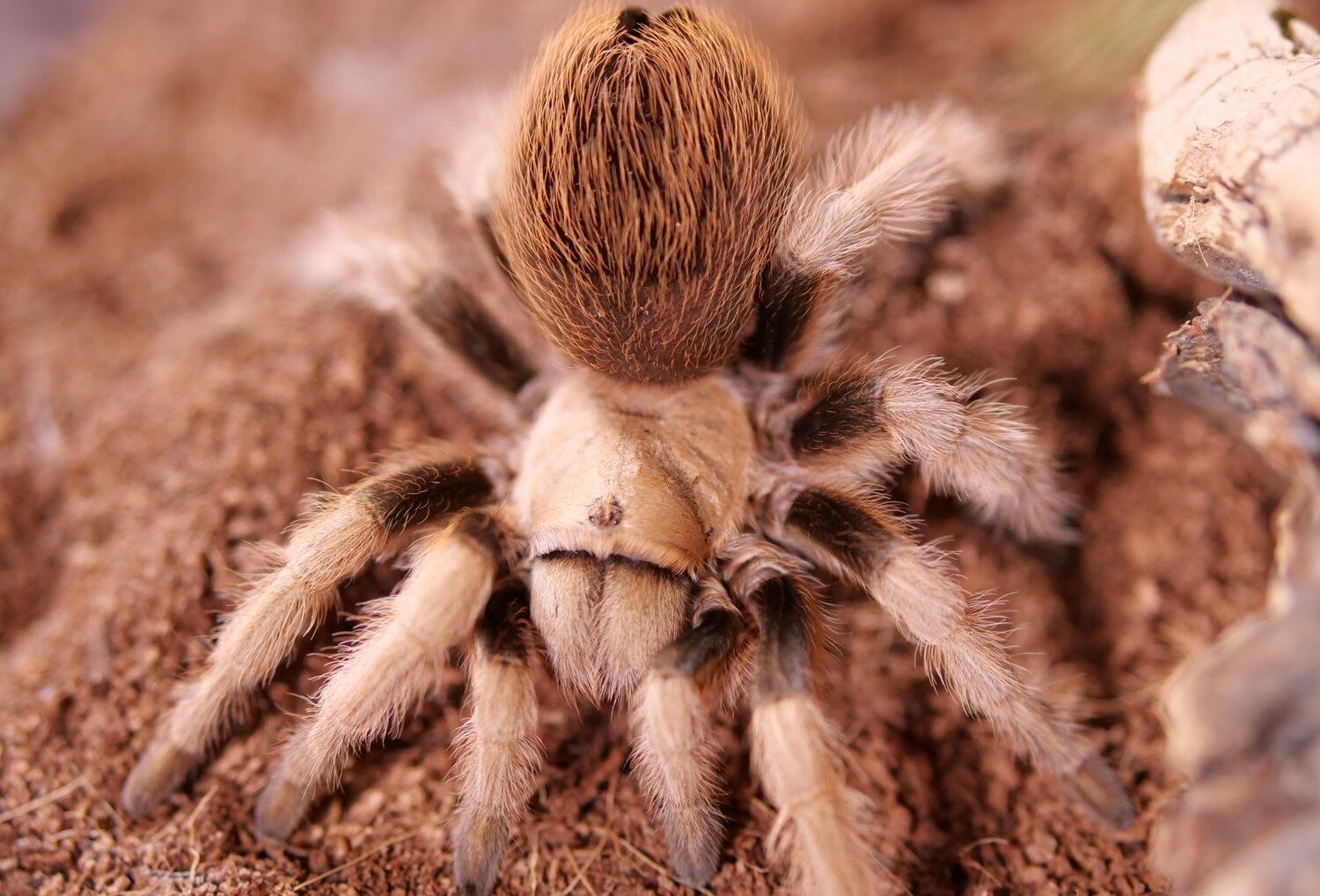
The Desert Blonde Tarantula is a resilient creature adapted to arid environments. Its sandy color camouflages it against desert landscapes, while its specialized hairs protect it from excessive heat. These tarantulas primarily inhabit burrows to escape the scorching sun, emerging at night to hunt for prey. Despite their intimidating appearance, they play a vital role in controlling insect populations in their ecosystem. Dive into our facts article to uncover more intriguing details about this fascinating arachnid.
Read More About Desert Blonde Tarantula: 19 Astounding Facts About Desert Blonde Tarantula
2
of 23
Sandhill Crane
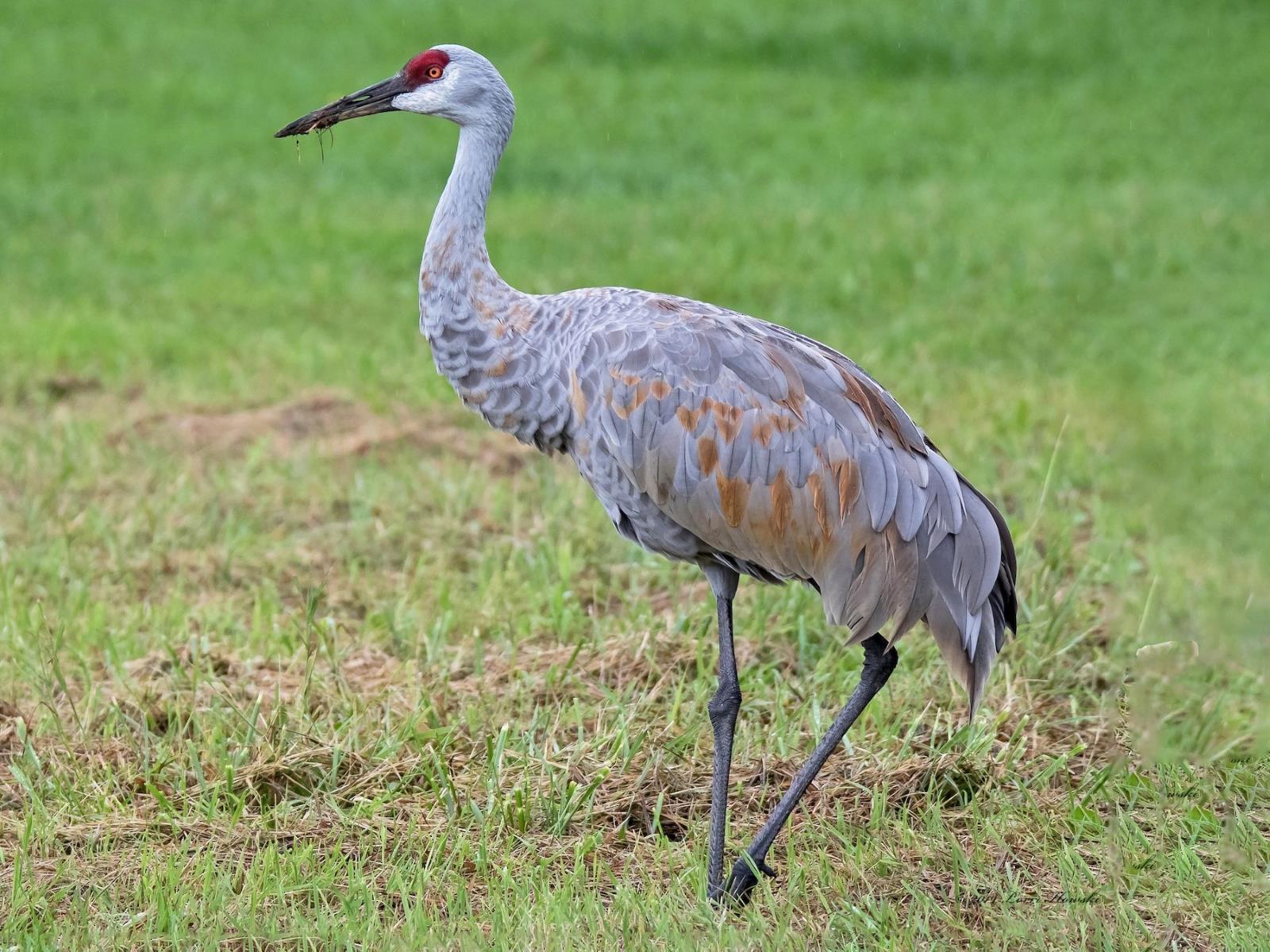
Discover the Sandhill Crane, a majestic bird that thrives in desert environments with its impressive adaptability and unique behaviors. From its distinctive trumpet-like calls to its graceful courtship dances, this avian species captivates observers worldwide. Dive into the fascinating facts about the Sandhill Crane, including its migratory patterns, diet, and habitat preferences. Learn more about this resilient creature and its role in the delicate ecosystem of desert landscapes. Read the full article to uncover intriguing insights into the Sandhill Crane’s remarkable survival strategies.
Read More About Sandhill Crane: 14 Amazing Facts About Sandhill Cranes
3
of 23
Desert Lizard
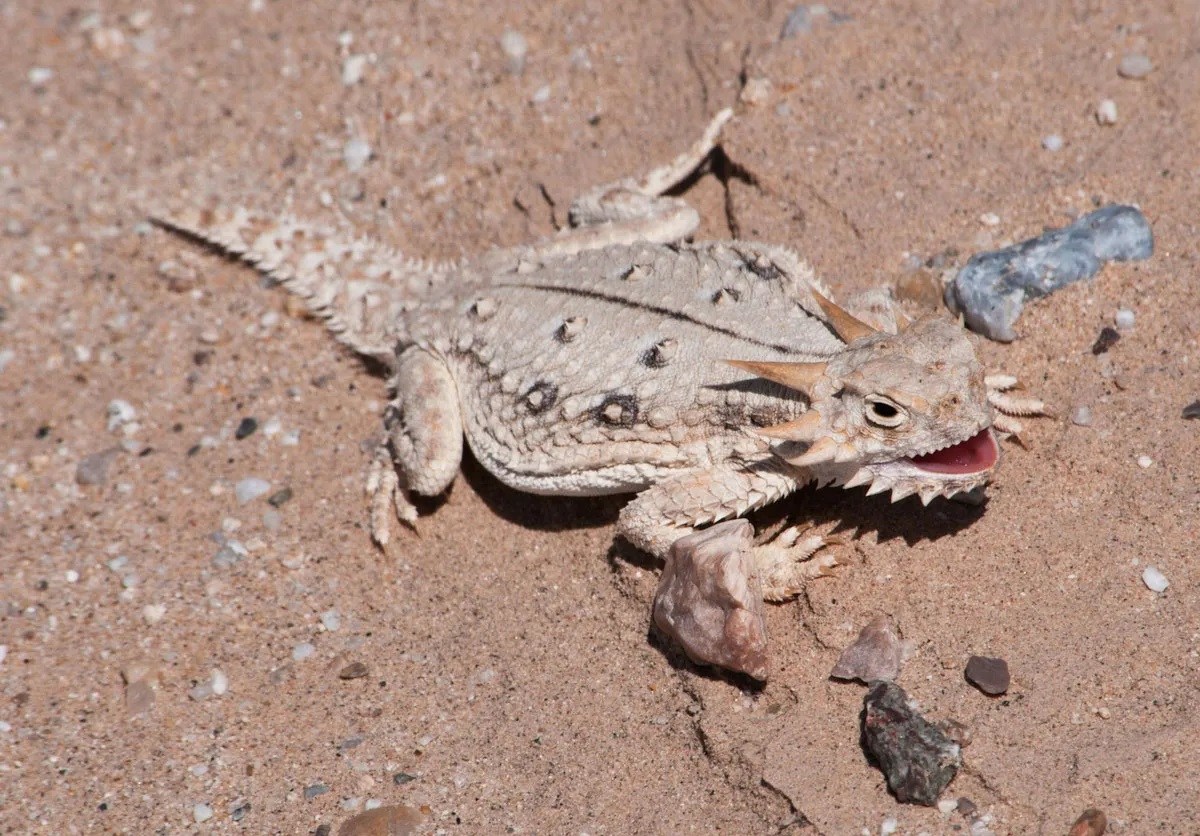
Discover the resilient Desert Lizard, one of the 22 animals thriving in harsh desert environments. Evolved to withstand extreme temperatures, these reptiles exhibit fascinating adaptations for survival. From their scaly skin to their efficient water conservation mechanisms, Desert Lizards are masters of desert living. Dive into the facts article to uncover more about their unique behaviors, diet, and habitats. Don’t miss out on understanding these remarkable creatures!
Read More About Desert Lizard: 18 Desert Lizard Facts
4
of 23
Camel Spider

Camel spiders, also known as wind scorpions, are fascinating creatures found in desert environments. Despite their name, they aren’t true spiders but belong to the order Solifugae. These arachnids are known for their incredible speed and voracious appetite, preying on insects, small reptiles, and even rodents. With their unique adaptations, including powerful jaws and keen senses, camel spiders thrive in the harsh desert conditions. Dive into our facts article to learn more about these intriguing desert dwellers.
Read More About Camel Spider: 20 Unbelievable Facts About Camel Spider
5
of 23
Kit Fox
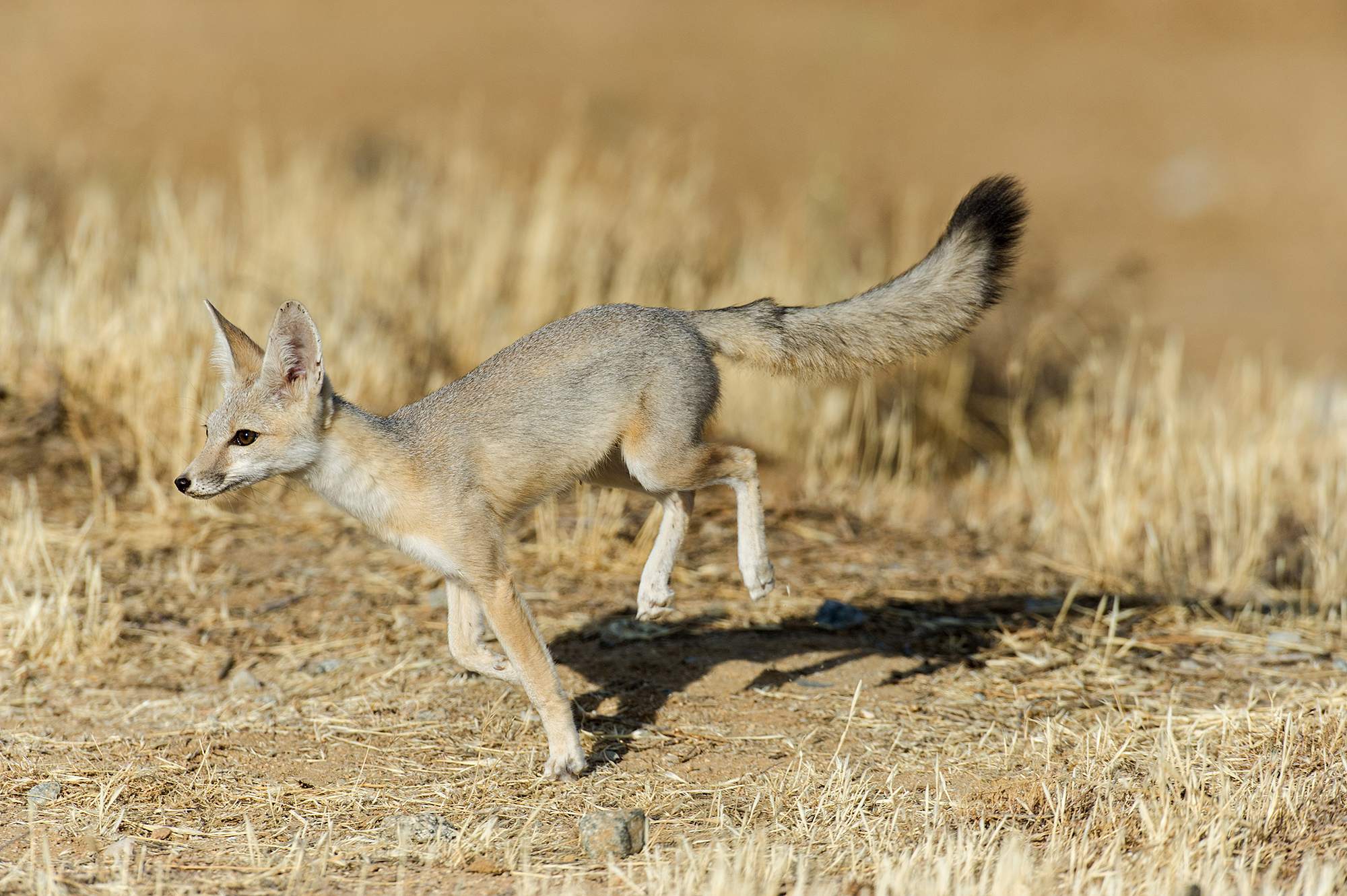
The Desert Kit Fox, known for its adaptability, thrives in arid landscapes, showcasing remarkable survival skills. With keen senses and agility, it navigates harsh desert terrains and hunts small prey, sustaining itself in challenging environments. Its sandy-colored fur camouflages seamlessly, aiding in stealthy movements. Despite extreme conditions, this fox species demonstrates resilience, making it a fascinating subject of study. Delve into the facts article to uncover more about this resilient desert dweller.
Read More About Kit Fox: 11 Kit Fox Fun Facts
6
of 23
Bighorn Sheep

Desert bighorn sheep are remarkable creatures adapted to harsh desert environments. With their distinctive curved horns and agile climbing abilities, they navigate rocky terrain with ease. These sheep possess specialized kidneys that conserve water, enabling them to thrive in arid climates. Their social structures are hierarchical, with dominant males leading groups of ewes and young. Explore the fascinating facts about desert bighorn sheep in our article and discover more about their survival strategies in the desert.
Read More About Bighorn Sheep: Bighorn Sheep Facts
7
of 23
Golden Eagle
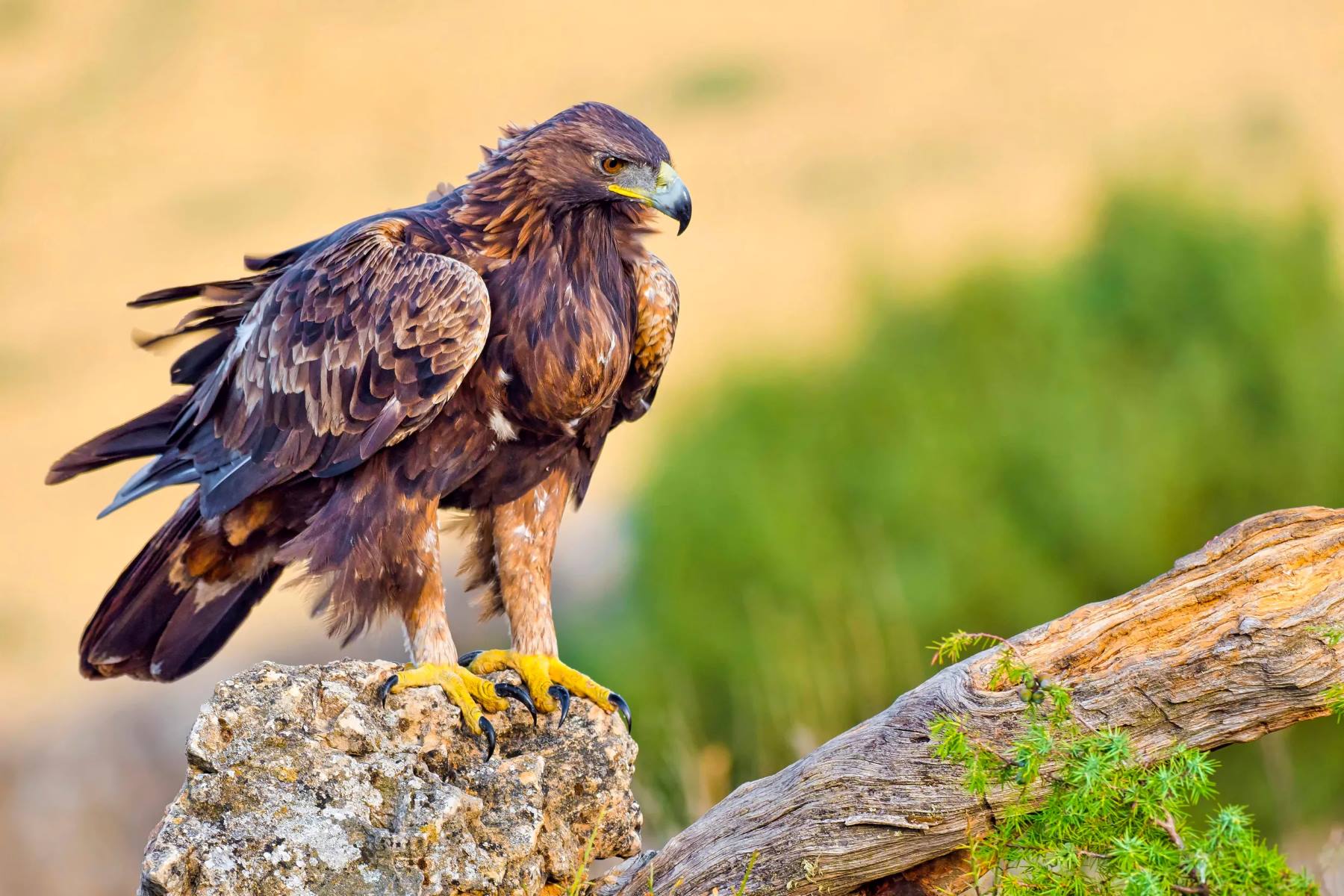
Discover the Golden Eagle, one of the 22 animals thriving in desert environments. With its impressive wingspan and keen eyesight, this majestic bird soars effortlessly above arid landscapes. Learn about its hunting techniques, nesting habits, and adaptations that enable it to thrive in harsh desert conditions. Read more about the Golden Eagle and other desert-adapted animals in our facts article.
Read More About Golden Eagle: 11 Golden Eagle Facts For Kid
8
of 23
Horned Lizard
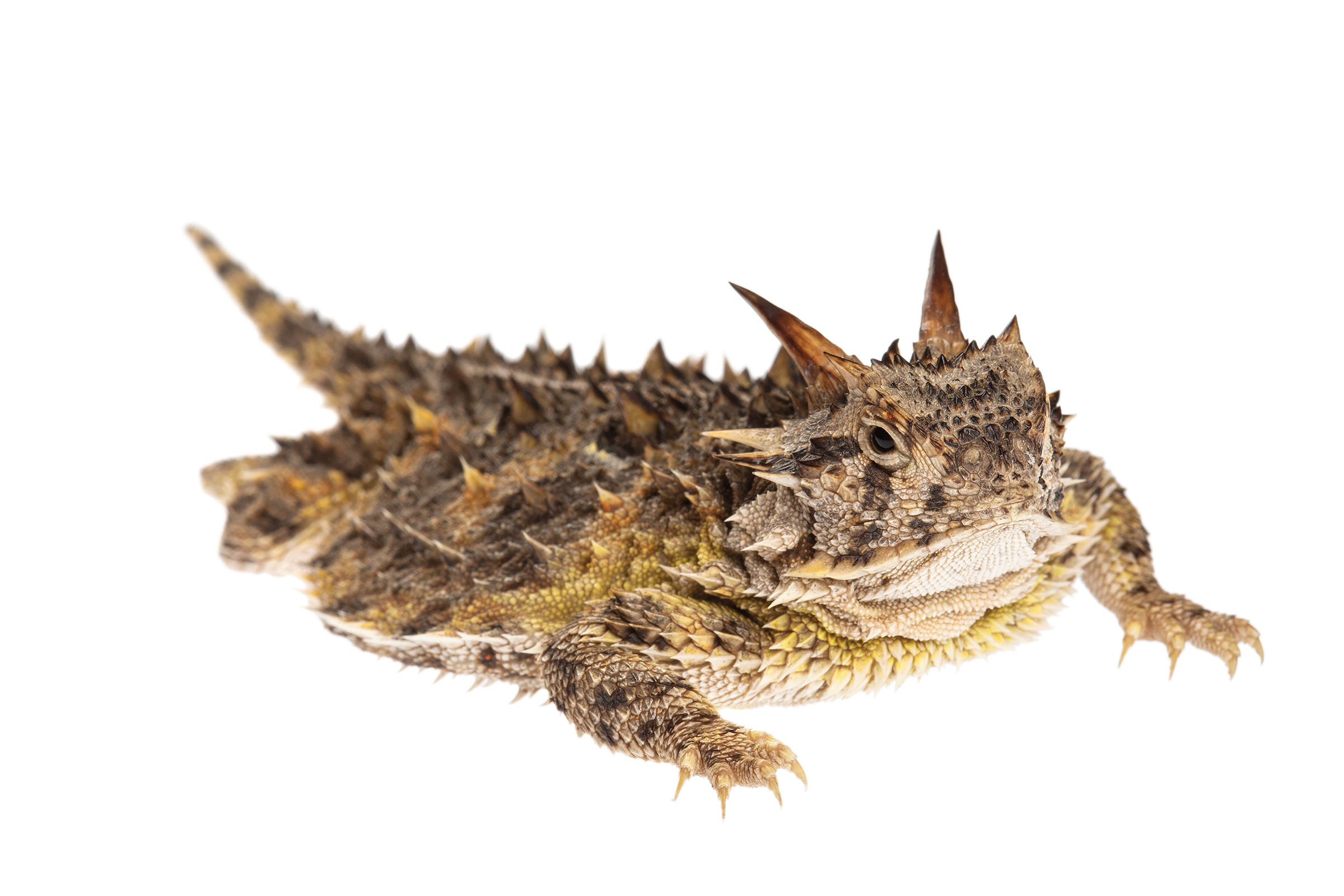
Discover the Desert Horned Lizard, a master of survival in arid landscapes. With its unique horned appearance and camouflaging abilities, this reptile navigates the harsh desert environment with ease. Learn about its fascinating adaptations and behaviors in our facts article. Uncover how this resilient creature thrives in one of Earth’s most unforgiving habitats. Read on to delve into the world of the Desert Horned Lizard and gain a deeper understanding of its remarkable existence.
Read More About Horned Lizard: 15 Facts About Horned Lizards
9
of 23
Roadrunner Bird
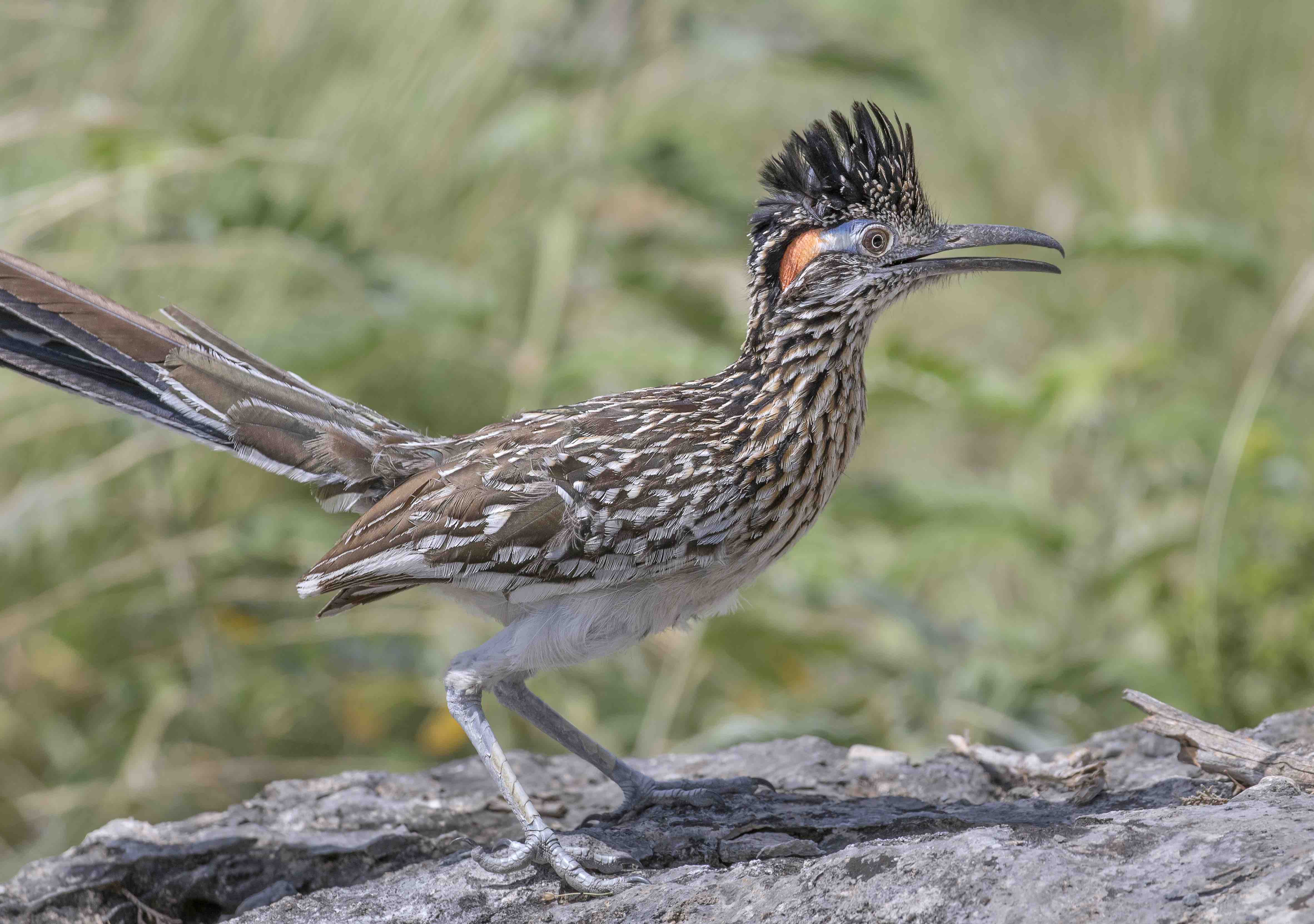
The Roadrunner Bird, known for its incredible speed and distinctive appearance, is a fascinating creature that thrives in desert environments. With its long legs and streamlined body, the roadrunner can reach speeds of up to 20 miles per hour, making it an adept predator and scavenger. Its ability to withstand extreme temperatures and scarcity of water showcases its remarkable adaptation skills. To learn more about the roadrunner and its unique traits, delve into our facts article.
Read More About Roadrunner Bird: Roadrunner Bird Facts
10
of 23
Sidewinder Rattlesnake
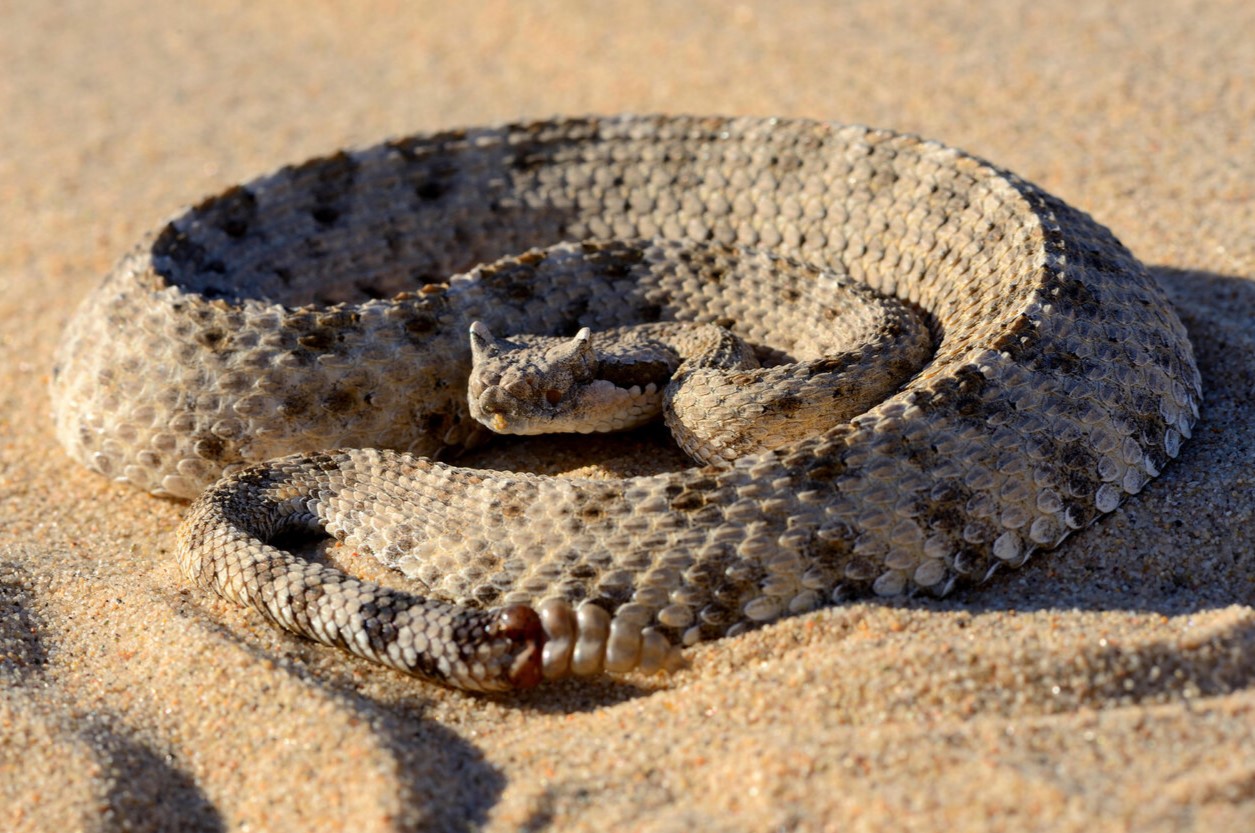
The Sidewinder Rattlesnake, a master of adaptation, thrives in desert environments with its unique sideways movement. This venomous serpent possesses specialized scales for navigating sandy terrain and relies on heat-sensing pits to locate prey. Learn more fascinating facts about this remarkable creature in our comprehensive article on desert-dwelling animals. Dive into the world of desert wildlife and discover the secrets of survival in harsh conditions.
Read More About Sidewinder Rattlesnake: 15 Surprising Facts About Sidewinder
11
of 23
Camel
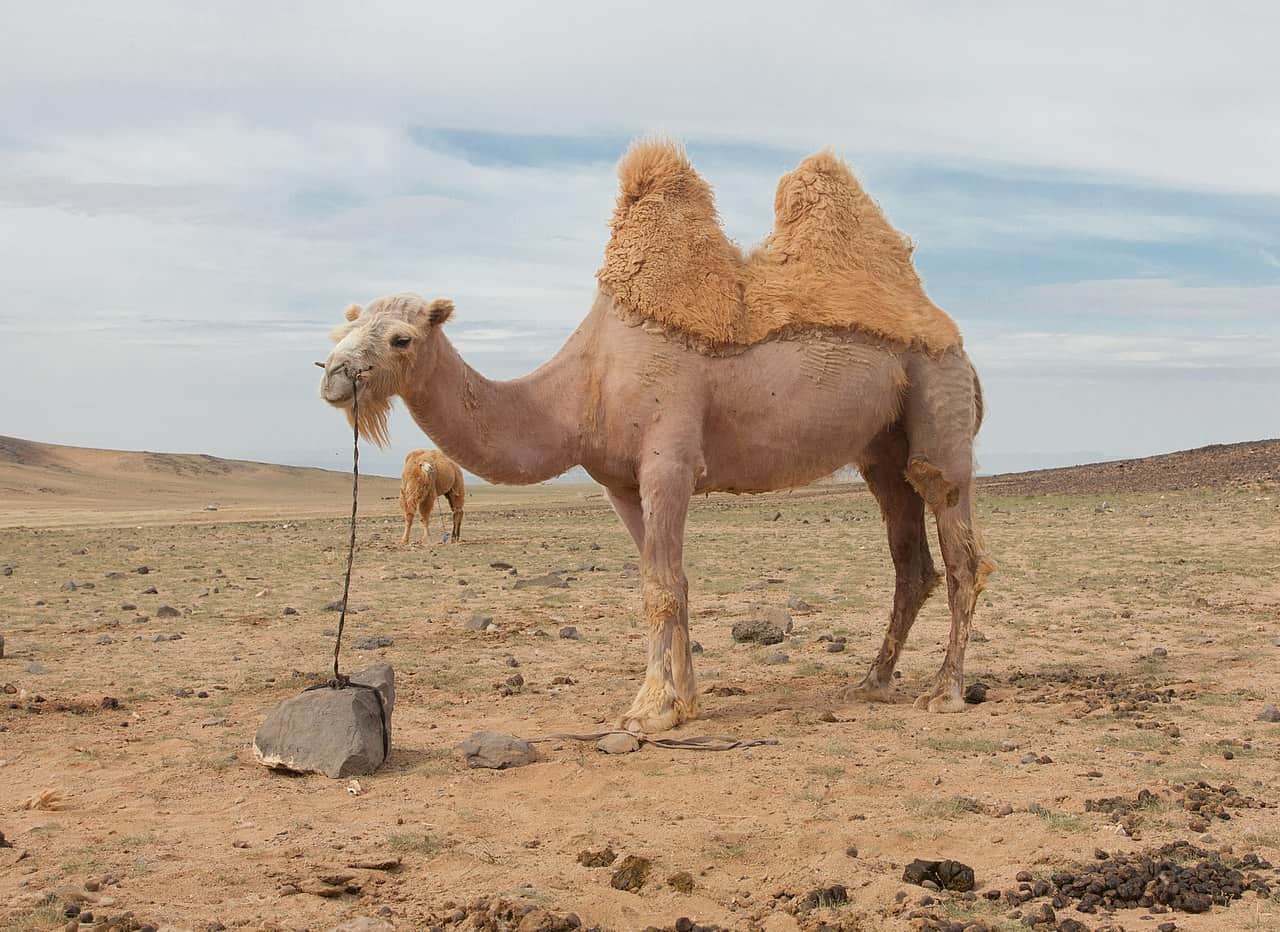
Camels, iconic desert dwellers, excel in arid environments due to their unique adaptations. With specialized features like hump fat storage and efficient water retention, camels thrive in harsh desert conditions. Their ability to withstand extreme temperatures and long periods without water makes them invaluable assets in desert ecosystems. To delve deeper into the fascinating facts about camels and their survival strategies in desert environments, read the full article now.
Read More About Camel: Camel Facts
12
of 23
Fennec Fox

The enchanting fennec fox reigns as desert royalty, possessing remarkable adaptations to thrive in harsh environments. Sporting large ears that radiate heat and keenly detect prey, this pint-sized predator navigates the scorching sands with ease. Their nocturnal habits help avoid daytime heat, while their thick fur insulates against chilly nights. Remarkable physical traits and social behaviors make fennec foxes fascinating subjects for kids and adults alike. Burrowing into the sand for shelter and hunting insects, small mammals, and plants, they embody resilience and cunning. Their playful nature and striking appearance captivate those lucky enough to encounter them.
Read More About Fennec Fox: Fennec Fox Facts
13
of 23
Gila Monster

Gila monsters, fascinating desert dwellers, are known for their unique appearance and venomous bite. These lizards, native to the southwestern United States and northern Mexico, have thick, beaded skin in striking black and orange patterns. Despite their fearsome reputation, they’re generally slow-moving and reclusive, spending most of their time hiding in burrows to escape the harsh desert sun. Gila monsters primarily feast on small mammals, birds, and eggs, using their venom to subdue prey. Their intriguing behaviors and adaptations make them standout survivors in the extreme desert environment. Ready to learn more? Click the link to uncover more about these remarkable creatures.
Read More About Gila Monster: 15 Gila Monster Facts For Kids
14
of 23
Kangaroo Rat
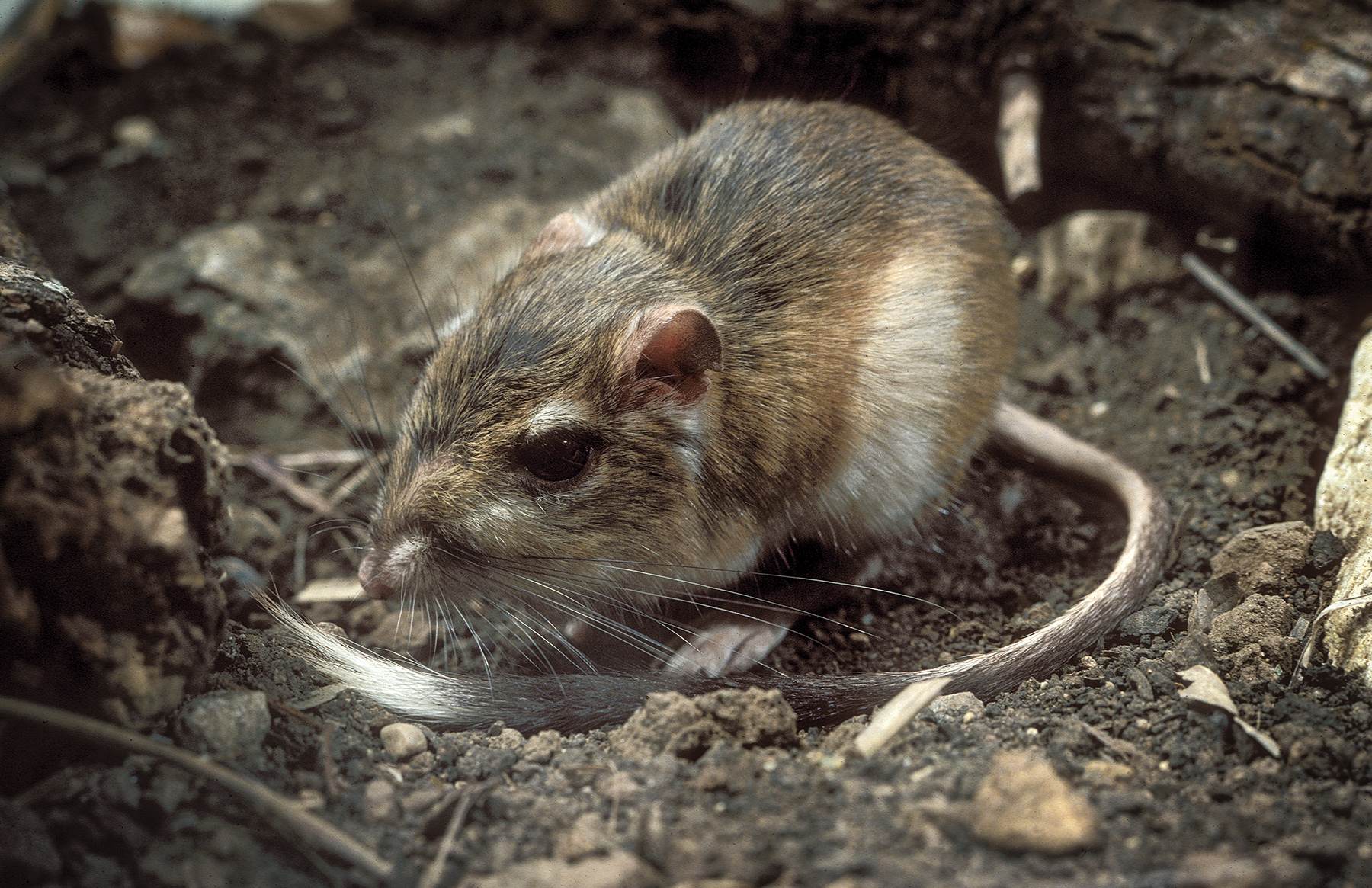
The Texas Kangaroo Rat is a small, nocturnal rodent perfectly adapted to the harsh desert environment. With powerful hind legs, these tiny creatures can leap great distances to escape predators. Their keen sense of hearing allows them to detect danger quickly. Storing food in cheek pouches, they prepare for scarce times. Living in burrows, they avoid the scorching daytime heat. Interestingly, they rarely drink water, deriving moisture from the seeds they eat. Their unique adaptations help them thrive in one of the toughest habitats on Earth. Fascinated by how they manage in such conditions? Dive deeper into their world!
Read More About Kangaroo Rat: 15 Texas Kangaroo Rat Facts
15
of 23
Jerboa
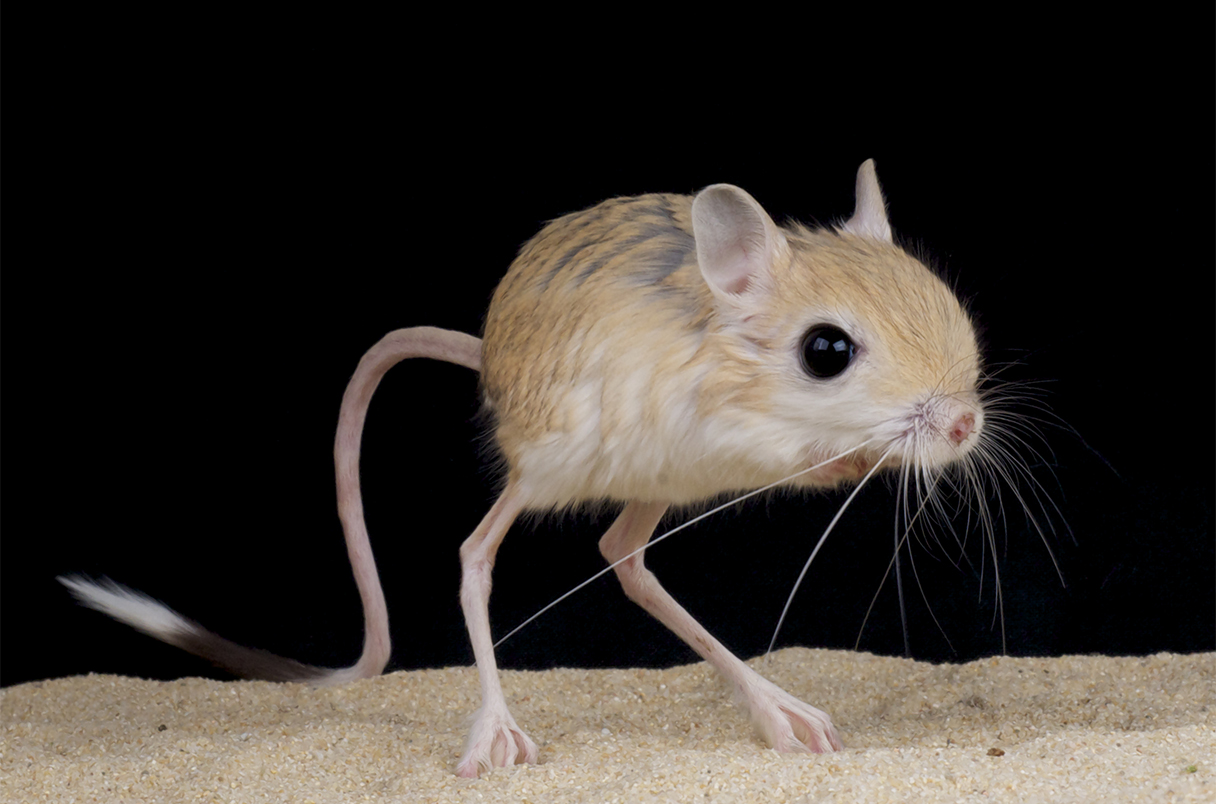
Jerboas, those fascinating little creatures, have a knack for thriving in some of the harshest environments on Earth. With their long hind legs and tail, these nocturnal rodents hop around like tiny kangaroos, making them incredibly agile and hard to catch. Adapted to desert life, they rarely drink water, getting moisture from their food instead. Their keen sense of hearing helps them avoid predators in the dark of night. With a mix of quirky behaviors and unique physical traits, jerboas are truly desert marvels, capturing the imagination of anyone keen on learning about nature’s adaptability.
Read More About Jerboa: 13 Facts About Jerboa
16
of 23
Thorny Devil

The thorny devil, a quirky and fascinating reptile, thrives in Australia’s arid deserts. Covered in spiky scales, it sports a uniquely camouflaged exterior that keeps predators at bay. Unlike other creatures, this little lizard has a clever way of collecting water—its skin funnels moisture straight to its mouth. Known for its slow, jerky movements, it often confuses potential threats. Despite its fierce appearance, this creature primarily munches on ants, showing that looks can be deceiving. Its resilience and adaptability make it a perfect example of desert survival, capturing the imagination with its extraordinary lifestyle.
Read More About Thorny Devil: 19 Thorny Devil Facts For Kids
17
of 23
Meerkat
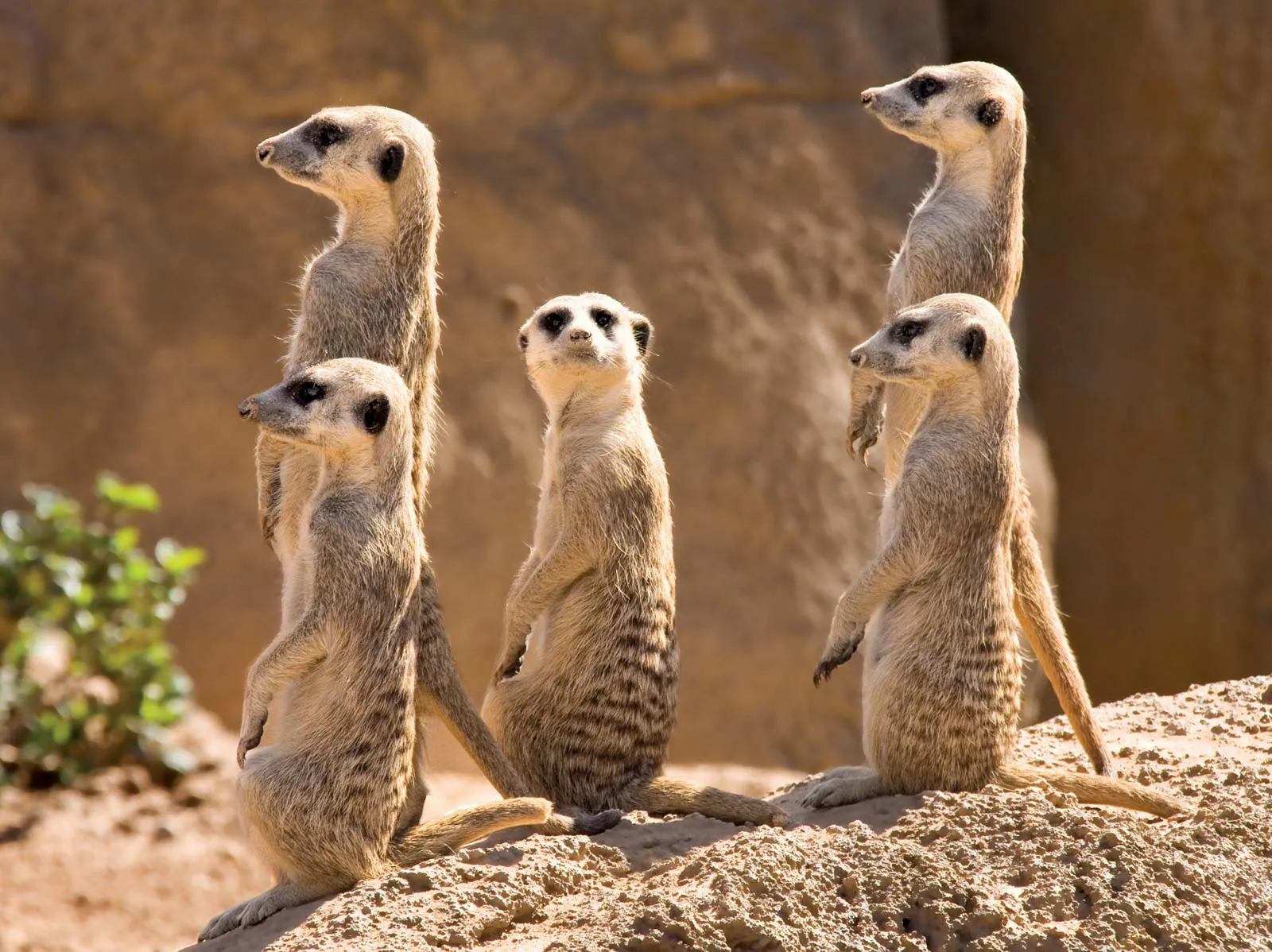
Meerkats, often spotted standing on their hind legs, call the deserts of southern Africa home. These social creatures thrive in the harsh environment thanks to their close-knit communities and sharp survival skills. Living in groups called mobs, gangs, or clans, they rely on teamwork to forage for food and keep watch for predators. Their dark eye patches reduce sun glare, enabling them to spot danger from afar. Burrowing under the scorching sand, they create intricate tunnel systems to escape the heat. With playful behavior and fascinating adaptations, meerkats bring the desert to life, showcasing nature’s ingenuity in the most unexpected places.
Read More About Meerkat: 13 Facts About Meerkat
18
of 23
Sand Cat
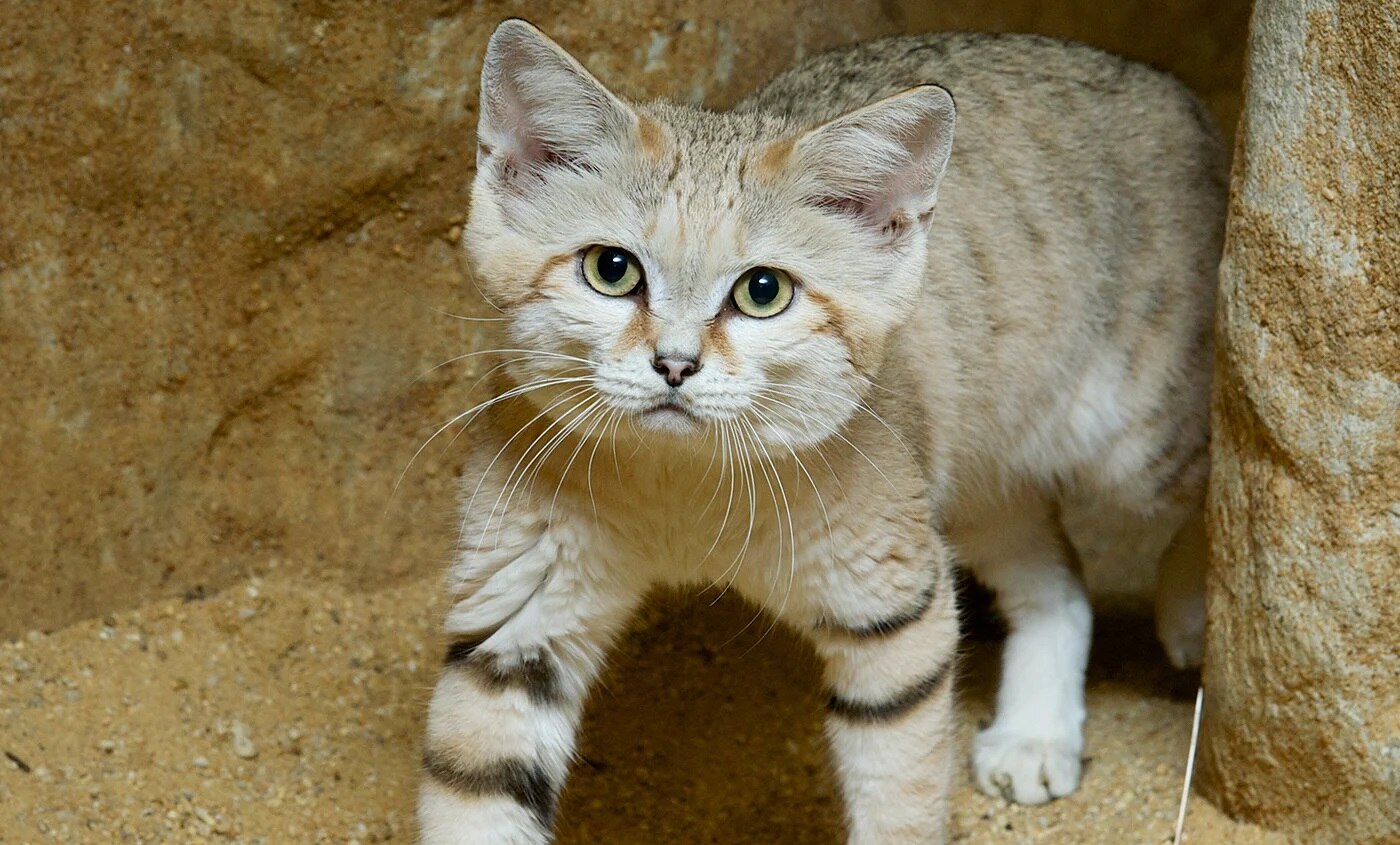
The sand cat is a fascinating desert dweller, perfectly adapted to thrive in some of the harshest environments on Earth. With its thick fur, it can endure extreme temperatures, both hot and cold. This elusive feline boasts a set of wide, flat ears that enhance its hearing, allowing it to detect prey underground. Known for its incredible stealth, the sand cat can go long periods without water, getting moisture from its diet of small rodents, birds, and insects. Its appearance, with a sandy coat and stocky build, blends seamlessly with desert surroundings, making it a true master of camouflage.
Read More About Sand Cat: 19 Best Facts About The Sand Cat
19
of 23
Burrowing Owl
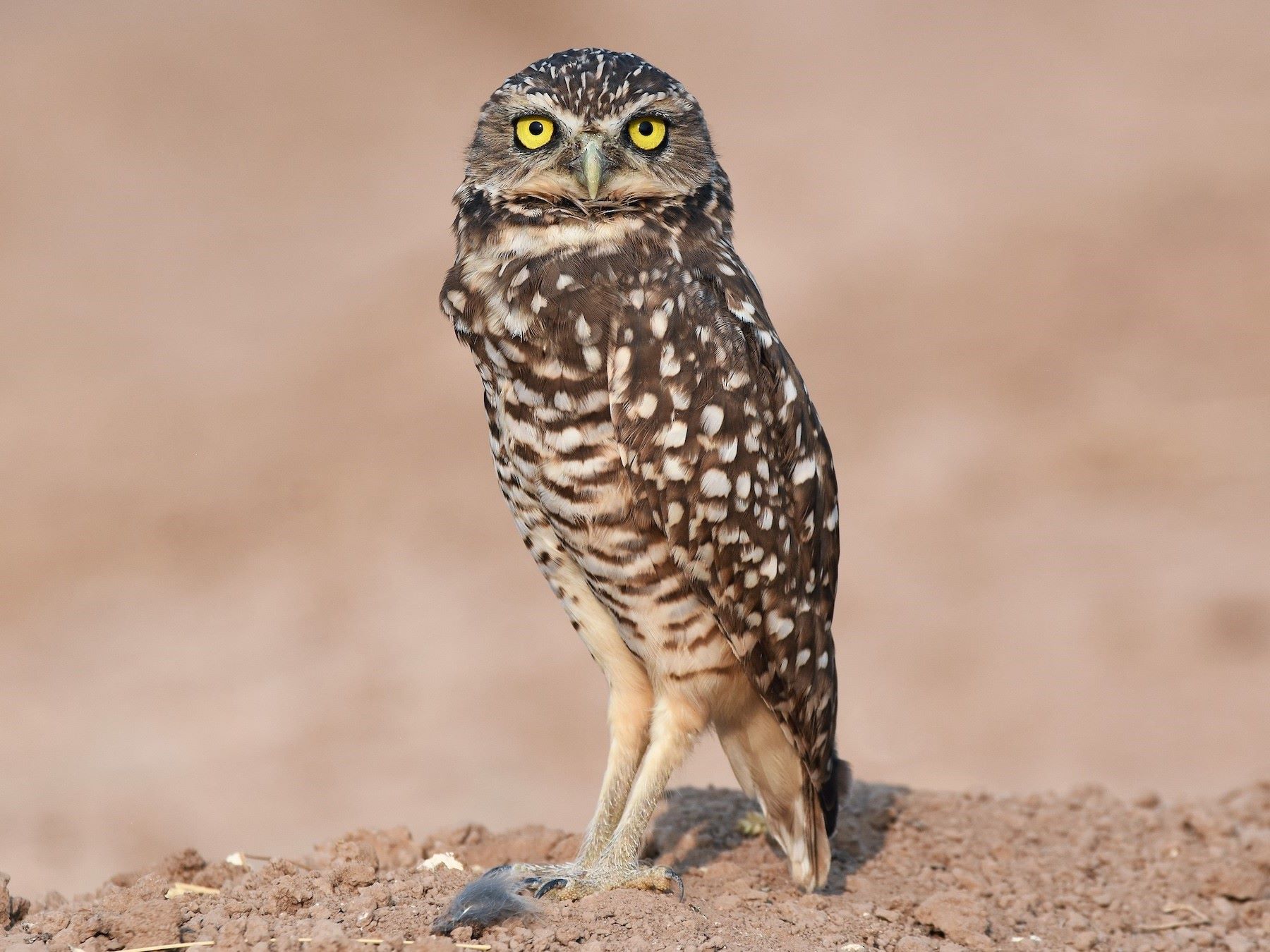
Burrowing owls are fascinating little creatures that thrive in the desert’s harsh conditions. These small, long-legged owls live in burrows often made by prairie dogs or other animals. Their unique behavior includes living underground, which protects them from extreme temperatures and predators. With keen eyesight and remarkable hunting skills, they catch insects and small mammals with ease. Active both day and night, burrowing owls are known for their quirky head-bobbing and charismatic personalities. Their ability to adapt to various environments, including deserts, showcases their resilience and ingenuity, making them one of the most intriguing desert-dwelling species.
Read More About Burrowing Owl: 15 Amazing Facts About Burrowing Owls
20
of 23
Scorpion
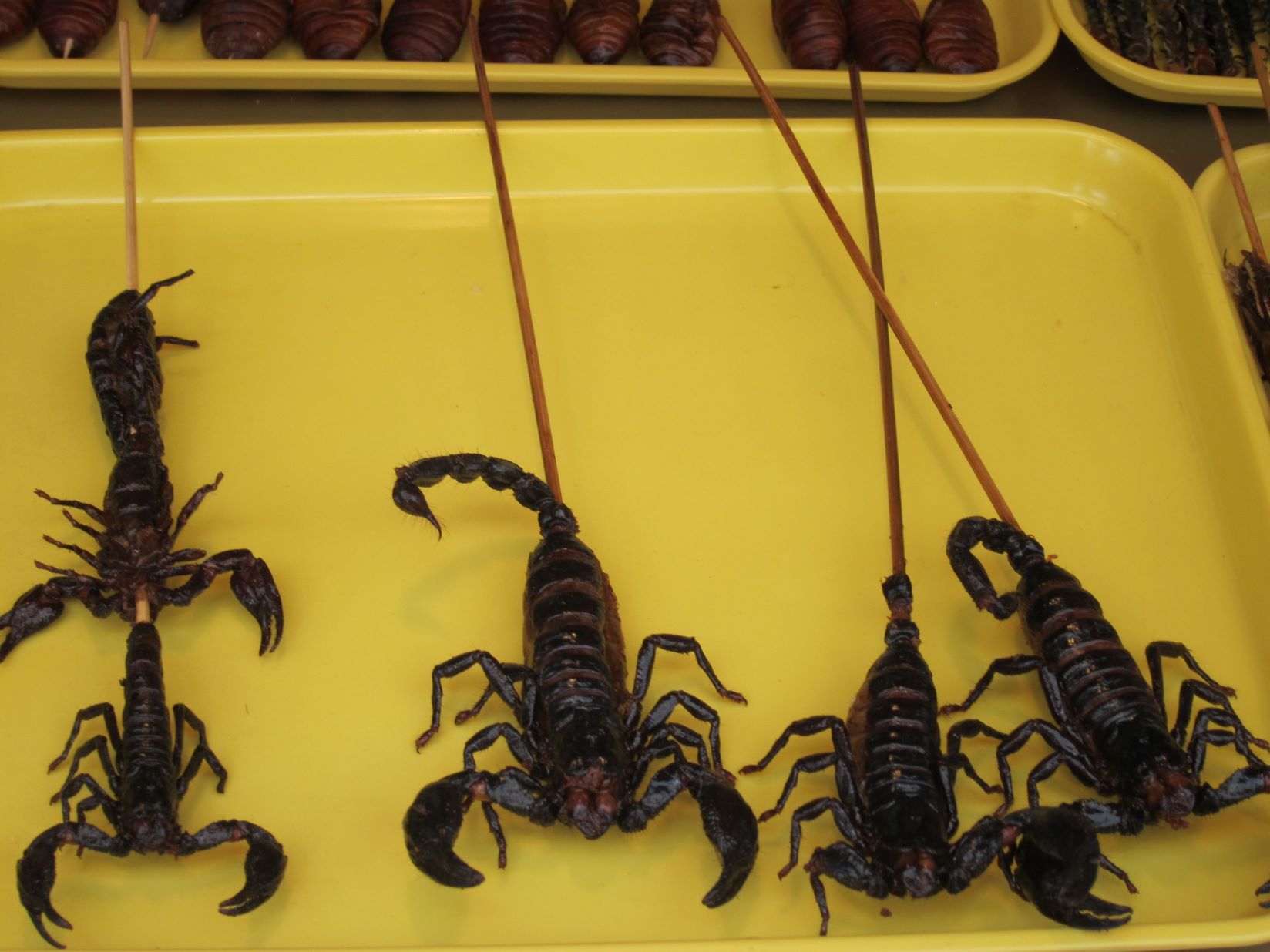
Scorpions, fascinating desert dwellers, have an intriguing dietary life that keeps them thriving in some of the harshest environments on Earth. These nocturnal predators primarily feast on insects, spiders, and even other scorpions! Equipped with powerful pincers and a venomous sting, they capture and subdue prey efficiently. Water conservation is crucial for survival; they extract moisture from their food and can go months without drinking. Their slow metabolism allows them to survive on minimal sustenance. Surprisingly, scorpions can endure extreme temperatures, making them resilient hunters. Understanding their nutrition offers a glimpse into how these ancient creatures have adapted to desert life.
Read More About Scorpion: 11 Scorpion Nutrition Facts
21
of 23
Peregrine Falcon
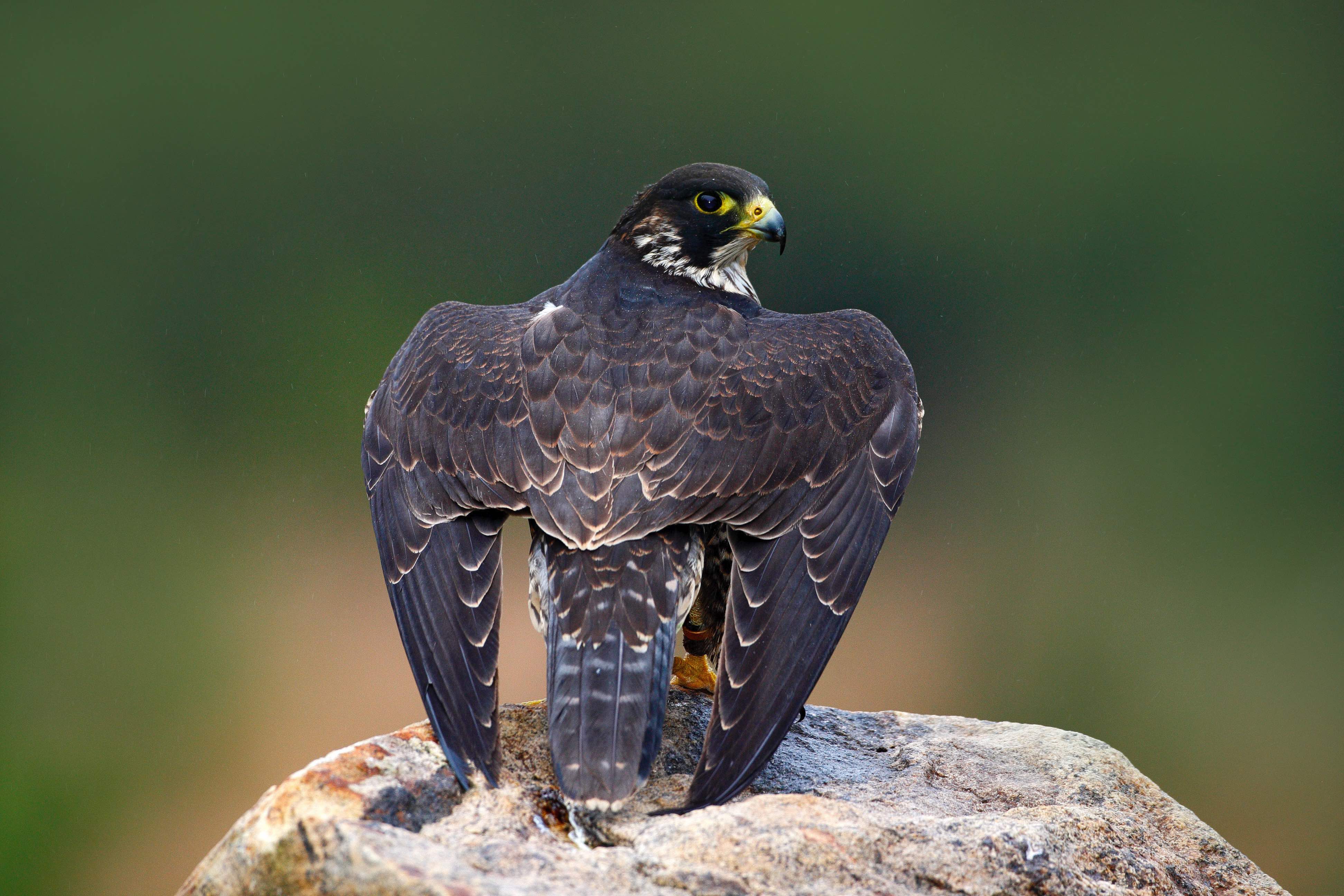
Peregrine falcons, nature’s speed demons, hold the title of the fastest birds on Earth. With their sleek, aerodynamic bodies, they can dive at breathtaking speeds of over 200 mph, making them unrivaled hunters. These majestic raptors are found on every continent except Antarctica, showcasing their adaptability to various environments, including deserts. Their keen eyesight and powerful talons allow them to snatch prey mid-air with astonishing precision. Known for their distinctive dark head and barred underbelly, peregrine falcons embody the thrill and beauty of the avian world. Get ready to be awed by these remarkable aerial acrobats!
Read More About Peregrine Falcon: Peregrine Falcon Facts
22
of 23
Bactrian Camel

Bactrian camels, known for their two humps, brave some of the world’s harshest deserts. These fascinating creatures can endure extreme temperatures, both freezing and scorching, making them true desert survivors. Their humps store fat, providing them with energy when food and water run scarce. Sporting thick fur and bushy eyebrows, they fend off sand and cold winds with ease. Bactrian camels can drink large amounts of water in one go, ensuring their survival during long treks. With incredible adaptations like these, they truly thrive in the desert’s challenging conditions, showcasing nature’s remarkable resilience.
Read More About Bactrian Camel: 23 Great Bactrian Camel Facts
23
of 23
Horned Viper
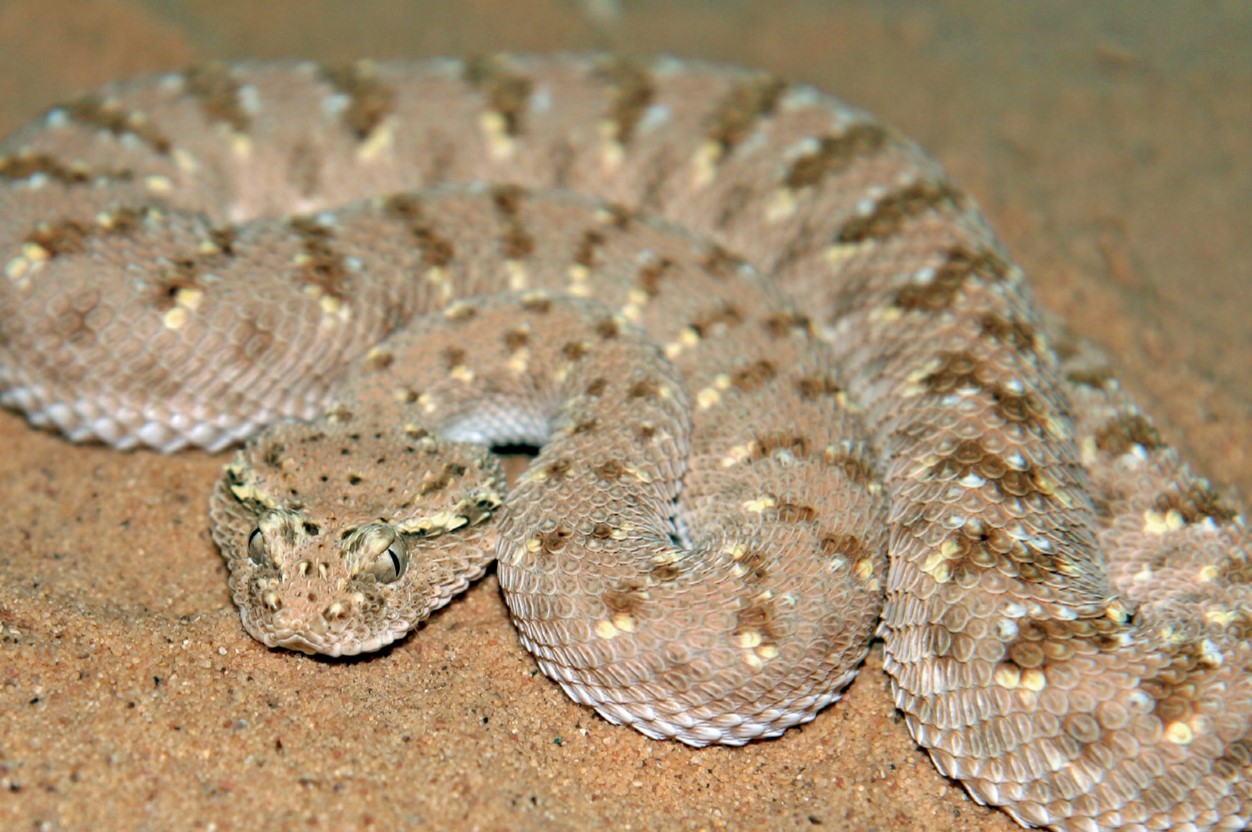
The Arabian horned viper is a fascinating creature thriving in harsh desert landscapes. Known for its distinctive horn-like scales above its eyes, this snake boasts unique adaptations for survival in arid environments. It burrows into the sand to escape the scorching heat and camouflage from predators and prey. Its venomous bite, while potent, is primarily used to subdue small mammals and birds. With a keen sense of vibration detection, the viper can locate and ambush its next meal with precision. This resilient reptile embodies the incredible adaptability and survival instincts required to thrive in some of the planet’s most extreme conditions.
Read More About Horned Viper: 17 Captivating Facts About Arabian Horned Viper
Was this page helpful?
Our commitment to delivering trustworthy and engaging content is at the heart of what we do. Each fact on our site is contributed by real users like you, bringing a wealth of diverse insights and information. To ensure the highest standards of accuracy and reliability, our dedicated editors meticulously review each submission. This process guarantees that the facts we share are not only fascinating but also credible. Trust in our commitment to quality and authenticity as you explore and learn with us.
